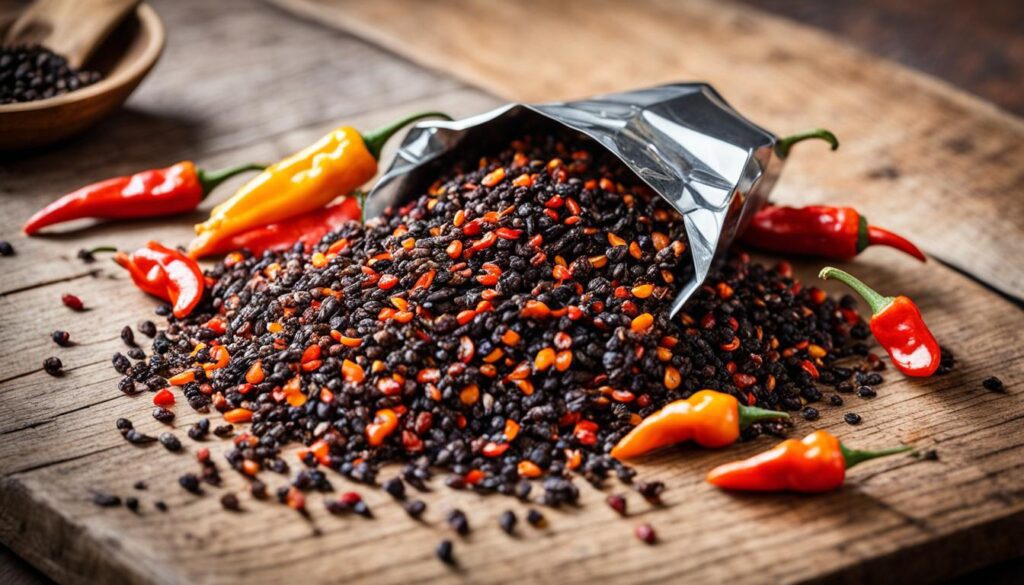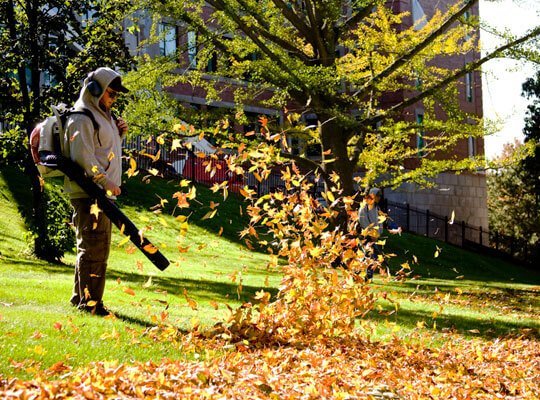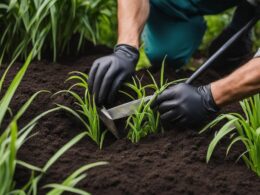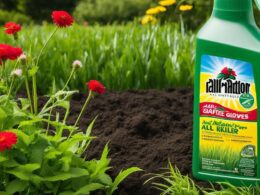Welcome to the spicy journey of cultivating habanero peppers – the fiery stars of the pepper world. If you’re a fan of heat and flavor, growing your own habanero peppers is an exciting endeavor that will spice up your culinary creations. From the vibrant orange hues to the mouthwatering aroma, these peppers will bring a fiery kick to your garden and your dishes.
Whether you’re a seasoned gardener or a starter pepper plant enthusiast, this guide will equip you with the knowledge and techniques needed to grow habanero peppers successfully. From buying the right seeds to nurturing your plants during each growth stage, we’ll cover every aspect of cultivating these fiery gems. So get ready to embark on a spicy journey and take pride in the satisfaction of growing your own delicious habanero peppers.
Buying Habanero Pepper Seeds
Before you start growing habanero peppers, you need to purchase the right seeds. There are various varieties of habanero peppers to choose from, including the classic orange habanero, the Caribbean red habanero for extra heat, and the snow white habanero for a unique color.
Experimenting with different pepper varieties can be an exciting journey as you watch their colors and shapes change throughout the growing process. Whether you’re a seasoned habanero grower or just starting out, exploring different types of habanero peppers can add diversity and excitement to your garden.
When buying habanero pepper seeds, ensure that you source them from reputable suppliers who offer high-quality seeds. This will increase your chances of success and ensure that you’re growing true-to-type habanero peppers.
Remember, regardless of the seed variety you choose, the basic growing process for habanero peppers remains the same. Now that you have your seeds ready, let’s move on to the next step: choosing the right soil and fertilizer for healthy habanero plants.
Next in our habanero pepper journey: Section 3: Choosing the Right Soil and Fertilizer
Choosing the Right Soil and Fertilizer
The right soil is essential for the successful growth of habanero peppers. Whether you’re starting the seeds or nurturing mature plants, selecting the appropriate soil and fertilizer will ensure optimal conditions for your spicy harvest.
Soil for Starting Seeds
When starting habanero seeds indoors, it’s crucial to use a specialized seed starting mix that is free from fertilizers. This type of soil provides a highly aerated and moisture-retaining environment, promoting healthy root development for the young seedlings. By using a seed starting mix, you increase the chances of successful germination and establish a strong foundation for growth.
Soil for Mature Growth Stage
Once your habanero seedlings have grown and are ready to be transplanted, it’s time to choose the right soil for their mature growth stage. Opt for a loamy or sandy potting soil, which offers a balance of moisture retention and drainage. Alternatively, if you’re planting outdoors in the ground, you can enrich the existing soil with organic matter, such as compost or well-rotted manure. These additions improve soil structure, retain moisture, and provide valuable nutrients for your habanero plants.
Fertilizer for Habanero Peppers
Fertilizing your habanero plants is crucial for their overall health and productivity. During the early growth stage, use a balanced organic fertilizer to provide essential nutrients. This ensures vigorous growth and development of the plants. As they transition into the flowering stage, switch to a lower nitrogen fertilizer. Lower nitrogen levels at this stage promote fruit development rather than excessive leaf growth.
By selecting the appropriate soil and fertilizer for your habanero peppers, you create an environment that supports their growth and maximizes their flavor. The right combination of soil and nutrients will contribute to a bountiful harvest of spicy peppers that will elevate your culinary creations.
Transplanting, Care, and Harvesting
Now that your habanero seedlings have grown strong indoors, it’s time to transplant them outdoors to ensure optimal growth and a bountiful harvest. Wait until the danger of frost has passed, and the soil has warmed up before moving your plants.
When transplanting habanero plants, choose a sunny spot in your garden with well-draining soil. Dig a hole large enough to accommodate the root ball of your seedling and gently place it in the hole. Firmly pat the soil around the base of the plant to secure it.
Proper care for habanero peppers includes infrequent but deep watering. Allow the top inch of soil to dry out between waterings to prevent root rot. To protect your plants from sunscald and drying out, consider using row covers. These covers provide shade and prevent excessive moisture loss, promoting healthy growth.
To ensure the best possible yield, it’s important to fertilize your habanero plants periodically. Use a balanced organic fertilizer during the early growth stage to provide essential nutrients. As the plants start flowering, switch to a lower nitrogen fertilizer to promote fruit development.
When it comes time to harvest habanero peppers, you have two options. You can pick them when the peppers are still firm and green, or you can wait for them to turn red for a different flavor profile. Carefully cut the stems using scissors or pruning shears to avoid damaging the plant.
To store your harvested habanero peppers, find a cool location where they can stay fresh for several weeks. Alternatively, you can preserve them by drying, freezing, or pickling. Whichever method you choose, you’ll be able to savor the fiery flavor of your homegrown habanero peppers throughout the year.
Are the Growing Conditions for Habanero Peppers Similar to Salvias in Pots?
Yes, the growing conditions for habanero peppers are similar to growing salvias in pots. Both plants thrive in well-draining soil, ample sunlight, and regular watering. Additionally, they benefit from occasional fertilization and should be protected from harsh winds and extreme temperatures. Overall, they both do well in containers.










